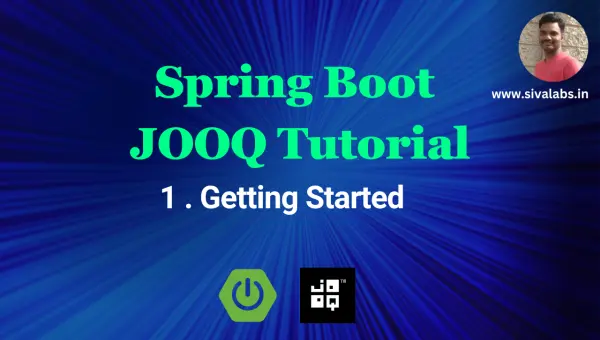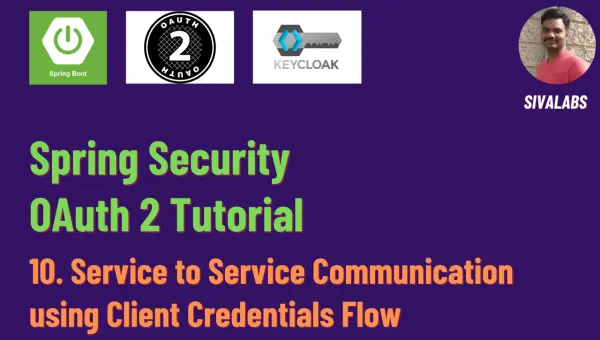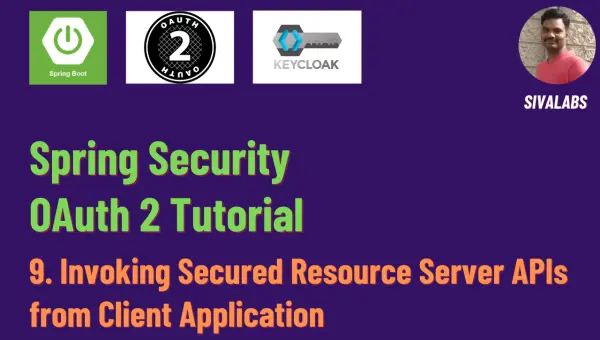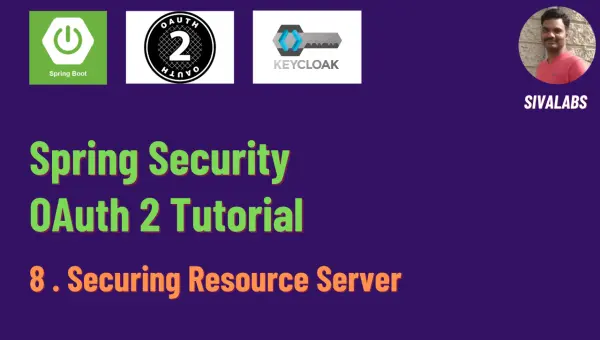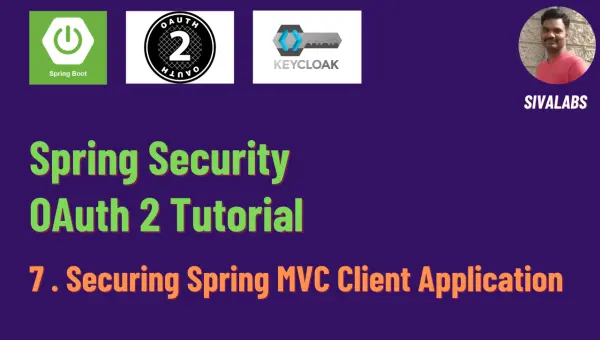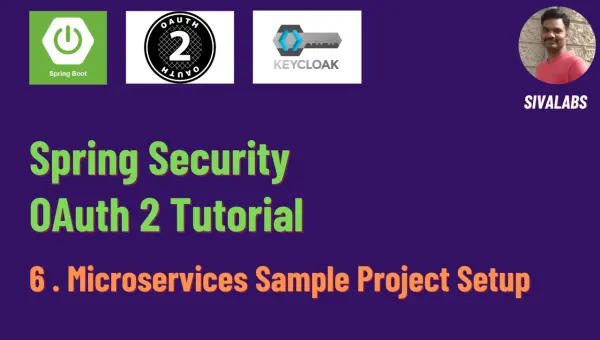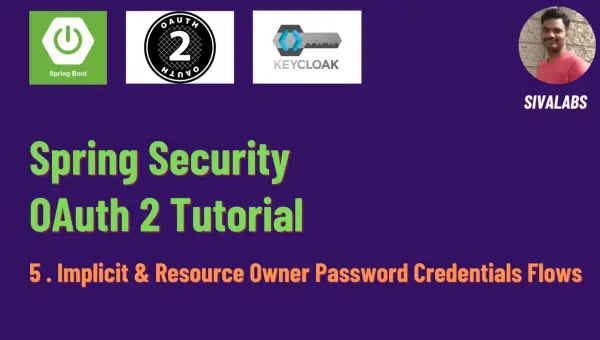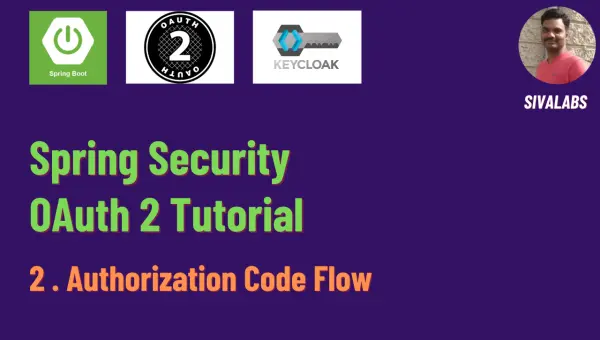jOOQ is a Java persistence library that provides SQL DSL for writing typesafe SQL queries. It supports most of the popular databases like MySQL, PostgreSQL, Oracle, SQL Server, and many more. In this tutorial, we will learn how to get started with jOOQ for implementing persistence layer in a Spring Boot application. You can also use jOOQ in other JVM based languages like Kotlin, Scala, etc. jOOQ Tutorial - 1 : Getting Started jOOQ Tutorial - 2 : Implementing CRUD Operations jOOQ Tutorial - 3 : Fetching One-to-One Relationships jOOQ Tutorial - 4 : Fetching One-to-Many Relationships jOOQ Tutorial - 5 : Fetching Many-to-Many Relationships In this jOOQ tutorial series, you will learn how to use jOOQ in a Spring Boot application for implementing:
Continue reading »